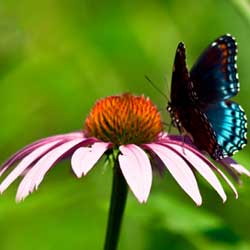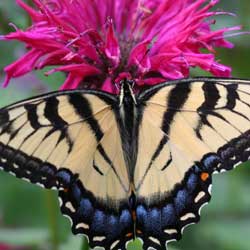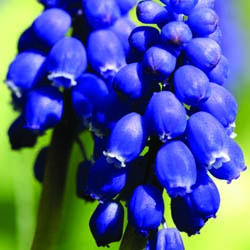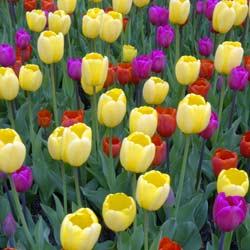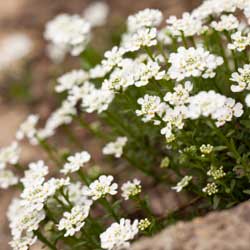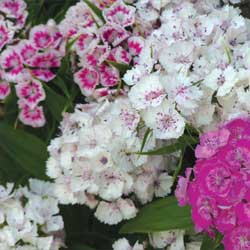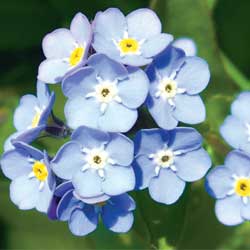When choosing a perennial to fill an empty space in your garden, make sure to get the most bang from your buck by selecting one, or several, of the long blooming perennials listed below.
Alcea (Hollyhock)
Anemone (Wind Flower)
Asclepias tuberosa (Butterfly Weed)
Campanula (clips series)
Clematis ‘Jackmani’
Coreopsis (Tickseed)
Corydalis lutea (Yellow Bleeding Heart)
Delosperma (Ice Plant)
Dicentra exima (Bleeding Heart)
Doronicum
Echinacea (Coneflower)
Gallardia (Blanket Flower)
Gaura (Wand Flower)
Geranium ‘Johnson Blue’
Helenium (Helen’s Flower)
Heliopsis (Sunflower)
Hemerocallis ‘Stella D’Oro’ (Daylily)
Kniphofia (Red Hot Poker)
Lavender
Liatris spicata (Gayfeather)
Ligularia (Ragwort)
Lobelia cardinalis (Cardinal Flower)
Lythrum (Loosestrife)
Malva (Mallow)
Monarda (Bee Balm)
Nepeta (Catnip or Catmint)
Oneothra ‘Siskiyou’ (Evening Primrose)
Perovskia (Russian Sage)
Rudbeckia (Coneflower)
Salvia (most verticillata)
Scabiosa (Pincushion Flower)
Shasta Daisy ‘Becky’ or ‘Snow Queen’
Stokesia (Stoke’s Aster)
Veronica (Speedwell)
